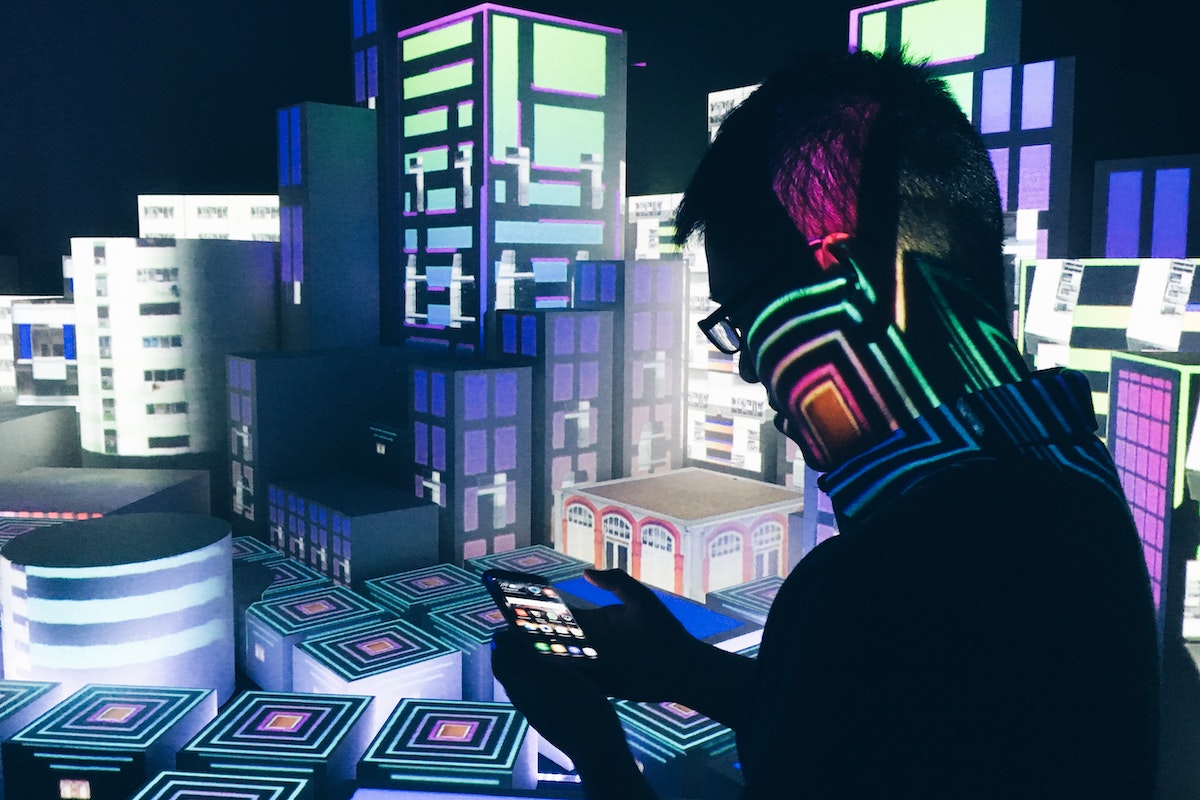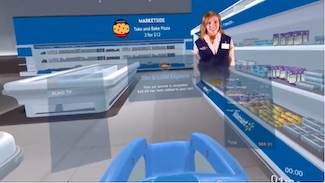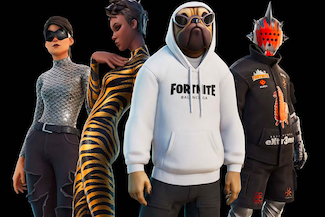Let’s Get Phygital: Selling Real-World Products In The Metaverse

As the metaverse develops, it will continue to present businesses and brands with novel ways of connecting with consumers virtually. But as these new, virtual worlds advance—collectively described as three-dimensional, immersive and pervasive experiences that are social in nature—it comes at a time when “phygital” mediumsare also influencing consumer products and experiences.
Phygital, or a blend of physical and digital experiences, may uniquely position promotional products companies in relation to the metaverse, allowing for parallel marketing withinthe two mediums and opportunities to reach new audiences. Despite the possibilities to come, it’s still too early to determine exactly what ecommerce in the metaverse will look like, says Brian Walker, chief strategy officer at digital experience platform Bloomreach. Rather, distributors will benefit more from learning and listening as opposed to taking action right now, he says.
“Even with all of the attention, the metaverse is not a priority right now and currently serves as a brand marketing and PR stunt,” says Walker. “If you have the money to throw at it, go for it, but in terms of ecommerce experience and business, at this stage it doesn’t move the needle. This is an area that will become more important and brands should have perspective and consider some experiments.”
A current area of development entails metaverse shopping experiences that allow users to virtually purchase goods for real-world use. Instead of choosing between a brick-and-mortar store and shopping online, consumers will see a balance of both. Browsing in a 3D metaverse store will offer a traditional experience with the convenience of product delivery. On the other end, brands will be able to attract new customers from all over the world with unique experiences they’ll remember, talk about and return to.
For the promotional products industry, this may, one day, allow for distributors to open virtual offices, forge new supply-chain partners and provide real-world services while handling communication and order processing virtually. For suppliers, it may allow for virtual showrooms for distributors to learn more about new product in a lifelike setting. These are some of the questions that can be considered as the metaverse unfolds, but they’re still quite a way off.
“Depending on the customer they’re trying to reach (gaming, etc.), the metaverse could be important, but for 99% of brands and retailers, I would advise to just keep watching and keep on your radar before acting on it,” Walker adds.
Though the metaverse is nowhere near being ubiquitous, some brands are already experimenting with how to sell real products in virtual stores. Here are three examples of how brands are approaching ecommerce in the metaverse.

A screenshot from an early demo of Walmart’s plans for a virtual supermarket.
1. Virtual supermarkets.
The concept of virtual supermarkets—where customers can direct an avatar through virtual aisles, place products in a virtual (and branded) shopping cart and check out, which initiates real-world shipping and delivery—became a focus for Walmart in 2017. The global retailer collaborated with product developer Mutual Mobile on a Purchase Assistance Module (PAM) it showcased at SXSW that year with a demo. Though now rather archaic, the demo shows a virtual shopper being teleported to aisles with desired product and helped by a personal virtual assistant. The effort was halted by Walmart and its early rendition faced criticism, but it’s a rough indication of how to connect virtual users with product, and the potential it offers for data analytics and personalization.

Some of the items in the Fortnite x Balenciaga collection topped $1,200. Photo credit: Fortnite/Balenciaga.
2. Virtual fashion stores.
Most of the fashion brands involved in the metaverse are focused on selling NFTs and other digital assets, but some are selling physical products. In September, luxury fashion house Balenciaga teamed with Epic Games to develop high-fashion skins for players of Fortnite, a game owned by the developer that’s evolving into its own metaverse. A Balenciaga hub was created in the game where players could purchase digital accessories in addition to a real-life clothing collection created for this partnership. The hub also included a virtual Balenciaga store where players could purchase real-world cosmetics. Advertising for the store was achieved in the game with an animated billboard, and outside the game with billboards in New York City, London, Tokyo and Seoul.

Metamall will go live in April, beginning with about 20 brands. Photo credit: Metamall.
3. Virtual malls.
Together with the rise in virtual stores and real estate sales in the metaverse, which is projected to reach $1 billion this year, is the expected resurgence of virtual malls. With continued growth, virtual malls will one day need promotional methods to alert customers about new store openings, pop-up shops and store closings, promotional offerings and themed happenings; something which can be shared in the real-world as a way to make shopping easier for consumers.
Metamall is a decentralized metaverse mall platform built on the Solana blockchain. Co-founder Serge Gianchandani told The Indian Express that Metamall aims to combine traditional ecommerce with virtual reality (VR) to create a visually stunning aesthetic and encourage interaction. Users will be able to utilize Metamall to set up online stores virtually and rent space. Metamall is set to go live in April and will begin hosting 20 brands and develop from there.

